Symposium presenters offer practice-changing updates
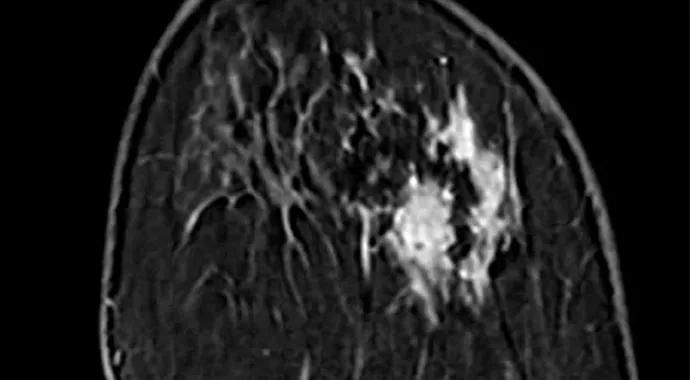
Presenters at the San Antonio Breast Cancer Symposium in December showcased seven breast cancer breakthroughs. Jame Abraham, MD, Director of the Breast Oncology Program at Cleveland Clinic’s Taussig Cancer Institute, reported on these important presentations and how they might affect practice.
Advertisement
Cleveland Clinic is a non-profit academic medical center. Advertising on our site helps support our mission. We do not endorse non-Cleveland Clinic products or services. Policy
Triple-negative breast cancer patients who received a regimen with carboplatin had a 60 percent rate of pathologic complete response, a 76 percent increase over those who didn’t receive the drug.
“More and more data are accumulating on the role of platinum in triple negative patients. It is important to look at this in a prospective clinical trial,” said Dr. Abraham.
Five years of anastrozole reduced the risk of primary breast cancer by more than 50 percent in high-risk women. In the IBIS-II trial, patients on the drug also had a lower incidence of any malignancy.
“The IBIS-II trial clearly showed that anastrozole is as good, if not better, than SERMs in preventing breast cancer,” said Dr. Abraham. “So aromatase inhibitor could be an option for breast cancer prevention in high risk patients”
In the phase II I-SPY trial in triple-negative breast cancer patients, velaparib plus carboplatin for neoadjuvant therapy produced a complete response rate of 52 percent versus 26 percent with chemotherapy alone.
“This is promising data, especially for triple-negative breast cancer. It’s exciting to have a PARP inhibitor with promising results,” said Dr. Abraham. “Further phase III studies will define its role.”
An Oxford Overview analysis clearly showed the benefit of adjuvant bisphosphonates — especially zoledronic acid — on recurrence and cause-specific mortality in women with early breast cancer.
The adjuvant use of bisphosphonates reduced the risk of bone recurrence by 34 percent, and the risk of breast cancer death by 17 percent.
Advertisement
“This is an important finding,” said Dr. Abraham. “All post-menopausal patients, especially those with estrogen-receptor-positive disease, could be considered for adjuvant bisphosphonates.”
The Hormone and Physical Exercise (HOPE) Study found that women with breast cancer who were randomized to a supervised moderate-intensity exercise program had a 20 percent reduction in pain scores at 12 months versus 3 percent for the usual care group.
“Comprehensive survivorship programs should include an exercise component,” said Dr. Abraham, noting that 30 percent of patients discontinue the drugs due to side effects.
The PRIME 2 trial showed that women aged 65 years or older with hormone-receptor positive breast cancer managed by adjuvant hormone therapy and breast-conserving surgery can omit whole-breast irradiation.
Exploratory analysis showed a recurrence rate in estrogen-receptor positive patients of 3.2 percent without radiation and 0.8 percent with it, with no survival difference.
“This is consistent with previous studies (CALGB) in this subset of patients with breast cancer” Dr. Abraham said.
A co-payment of more than $20 a month for aromatase inhibitors can make the difference between adherence and non-adherence.
A higher co-payment produced an adherence rate of 44 percent; it was 66 percent greater with generic aromatase inhibitors.
“Physicians need to be sensitive to the financial toxicity of their patient’s treatment,” said Dr. Abraham.
Advertisement
Advertisement
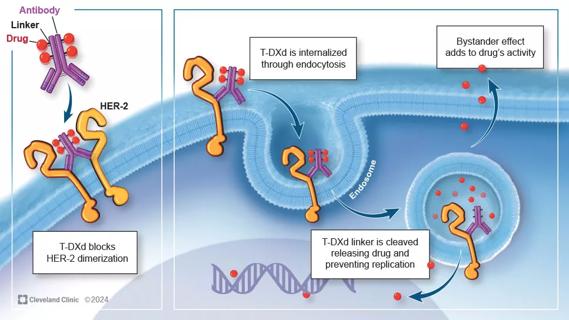
Key learnings from DESTINY trials
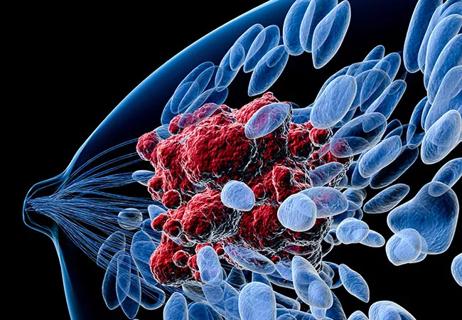
Are we ready for ‘observation’ of lesions found on core needle biopsy?
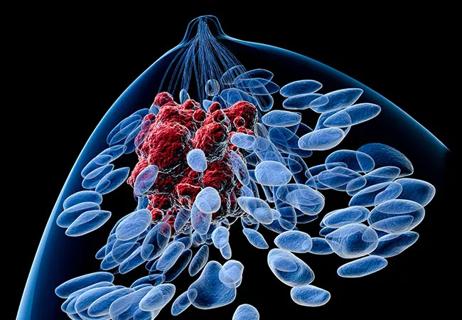
Research supports national guidelines for early-stage breast cancer

Clinics designed for high-risk patients, young women

Researchers discuss new data on breast cancer treatment

CDX-011 shows promise for triple negative disease

A well-prepared team meets the distinctive needs of patients at hereditary high risk
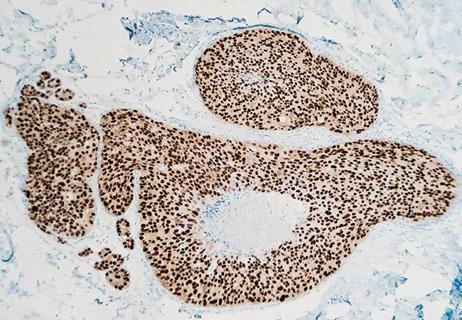
Use of tool can change recommendation to add or omit radiation